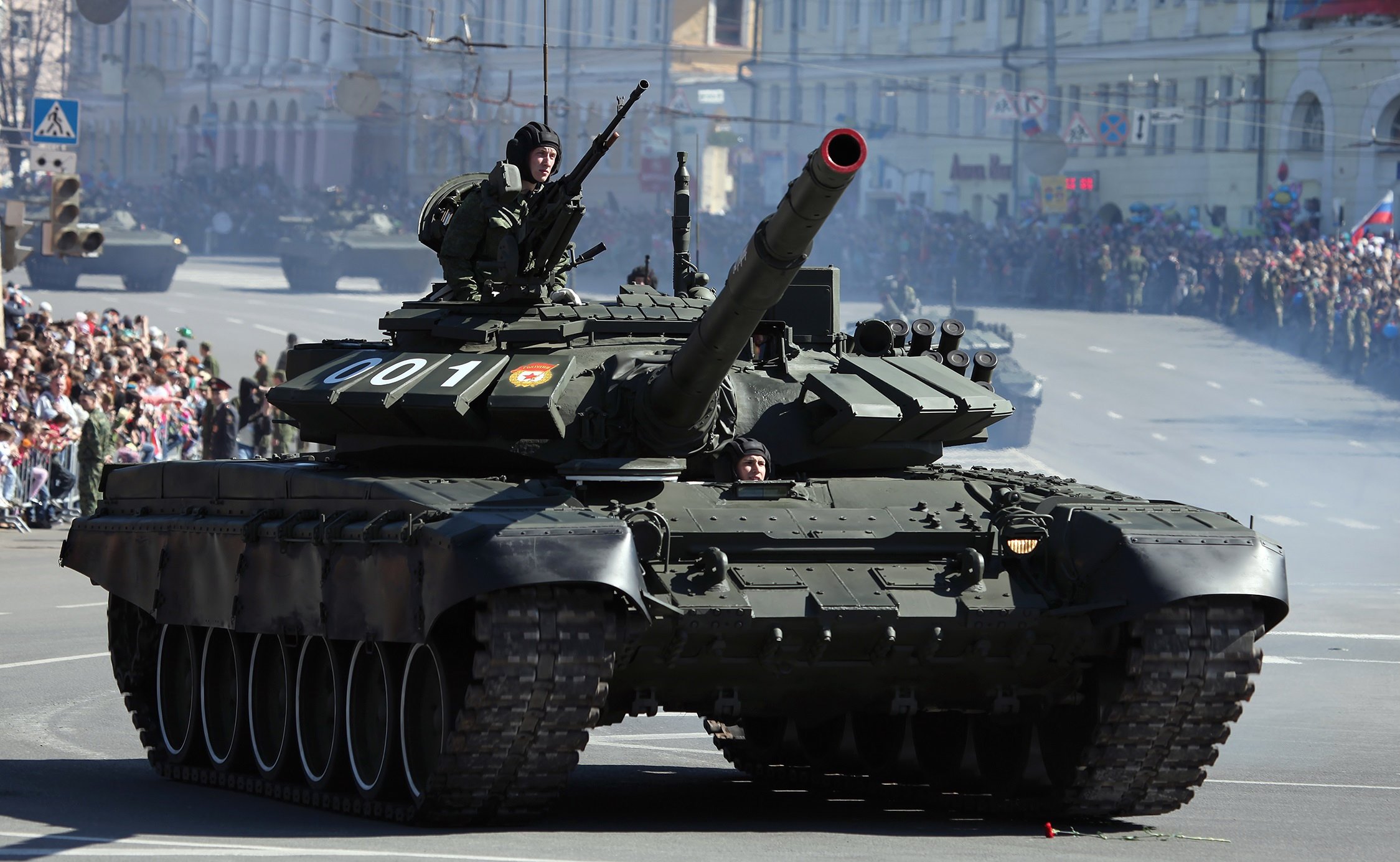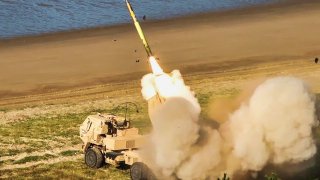Failed Offensive? Russia Is Taking 'Tens of Tousands of Casulaties' in Ukraine
The fighting in Ukraine's Donbas region sees slow Russian advances, but their large-scale offensive in the Kharkiv Oblast has failed, leading to heavy casualties and little strategic gain.
Summary: The fighting in Ukraine's Donbas region sees slow Russian advances, but their large-scale offensive in the Kharkiv Oblast has failed, leading to heavy casualties and little strategic gain.

-The failed offensive, launched in May, has rallied international support for Ukraine and led to the deployment of advanced weaponry like HIMARS and ATACMS.
-Despite high casualties, with estimates of 320,000 to 515,000 Russian soldiers killed, wounded, or captured, the Kremlin continues to mobilize replacements.
-Russia’s attritional strategy involves costly, small-scale wave attacks, reflecting a focus on quantity over quality in its military operations.
Failed Russian Offensive in Kharkiv Sparks Increased Support for Ukraine
The fighting in Ukraine continues, with Russia making very slow but steady gains in the Donbas. Village after village, the Russian military advances forward. But that is not the case in the east, where a large-scale Russian offensive has failed to achieve anything meaningful at the cost of tens of thousands of casualties.
A Failed Offensive?
In May, the Russian military launched a large-scale offensive in the Kharkiv Oblast, in eastern Ukraine. The goal was to approach Kharkiv, the second-largest city in Ukraine and about 25 miles from the border with Russia, and also stretch the Ukrainian forces and their resources.
After several weeks of heavy fighting, it looks like that the offensive has failed. The Russian forces failed to make any meaningful progress, and Ukrainian counteroffensives have been liberating some of the territory lost. Currently, there are two large pockets of fighting but they are a good distance away from Kharkiv.
But the Russian offensive was a disaster on more than one level. Beyond the tactical and operational defeats, the failed offensive rallied international support for the Ukrainian cause and pushed the United States and several NATO countries, including Germany, to greenlight the use of long-range precision weapon systems against targets within Russia.
Now, the Ukrainian forces can use the advanced weaponry at their disposal, including M142 High Mobility Artillery Rocket Systems (HIMARS), M270 Multiple Launch Rocket Systems (MLRS), and MGM-140 Army Tactical Missile Systems (ATACMS), against high-value targets inside Russia.
However, the Russian offensive in the east was also very costly in terms of casualties.
Russian Casualties in Ukraine are Massive
In the few weeks that the offensive lasted, the Russian forces lost tens of thousands of troops and hundreds of heavy weapon systems.
Indeed, over the past 24 hours, the Ukrainian military claims to have killed, wounded, or captured approximately 1,300 Russian troops and damaged or destroyed around 63 tactical vehicles and fuel tanks, 51 artillery pieces and multiple launch rocket systems, 41 unmanned aerial systems, 40 infantry fighting vehicles and armored personnel carriers, 22 main battle tanks, 7 pieces of special equipment, and 1 anti-aircraft weapon system.
Overall, the Russian casualties continue to rise and range between 320,000 to 515,000 men killed, wounded, or captured.
“The elevated casualty rate is highly likely a reflection of Russia’s ongoing attritional offensive which is being conducted across a wide front,” the British Military Intelligence estimated in a recent operational assessment.
Although those numbers start to resemble those of the two world wars, the Kremlin has shown an impressive force generation capability. For every Russian soldier killed or maimed in Ukraine, Moscow finds two others to replace him.

“It is highly likely that most Russian forces receive only limited training, and they are unable to carry out complex offensive operations. As a result, Russia employs small-scale but costly wave attacks in an effort to weaken Ukrainian defenses,” the British Military Intelligence added.
Quality might be an issue, but the vast quantity that the Kremlin pours into the war covers any training deficiencies.
About the Author
Stavros Atlamazoglou is a seasoned defense journalist specializing in special operations and a Hellenic Army veteran (national service with the 575th Marine Battalion and Army HQ). He holds a BA from the Johns Hopkins University and an MA from the Johns Hopkins’ School of Advanced International Studies (SAIS). His work has been featured in Business Insider, Sandboxx, and SOFREP.
All images are Creative Commons.


